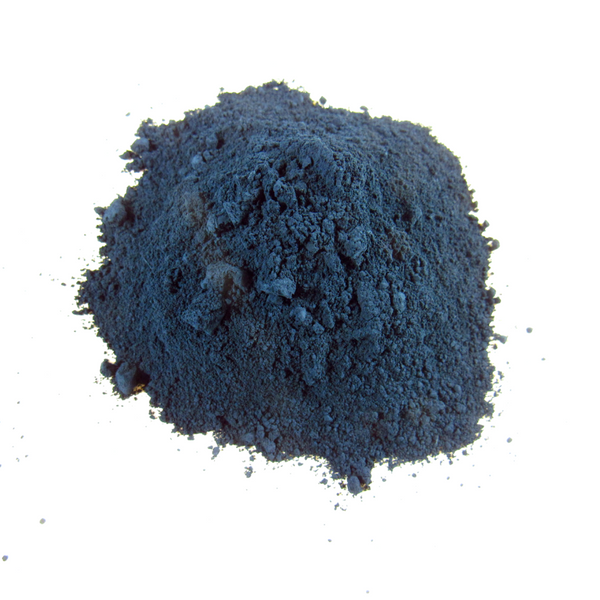This week: What’s the difference between green and blue indigo and perfecting natural dye paint thickening
Every week, we are emailed with questions from our natural dye community asking simple and complex questions that we thought might be worth sharing. Of course, all of your burning questions are answered by natural dyer in chief, Kathy Hattori, Founder of Botanical Colors.
I was wondering what the difference is between the green indigo powder used for hair dyeing, and the blue indigo powder used to dye fibers?
Green indigo powder comes from the finely ground, dried leaves of indigo and is unprocessed. It has not been converted into the blue pigment like the indigo we sell, which involves processing the whole leaves in an overnight fermentation step, precipitation of the pigment with a strong alkali and then boiling and straining the paste. This process reveals the blue indigo pigment.
I purchased paint thickener from Botanical Colors and I wasn’t able to get the dyes into a paint form. The color wasn’t coming through and I need to use it for block printing on cotton and linen. I was hoping to understand the recipe better – if I was going wrong with the measures or if I am missing any ingredients.
Sounds like the ratio of dye liquid to print paste thickener is not correct. The key is a very small amount of thickener added to a small amount of very strong dye liquid. Experiment with 1 teaspoon thickener and add to the dissolved dye, and gradually add more to get the consistency you want. You can test color strength on a piece of fabric.
Related:

